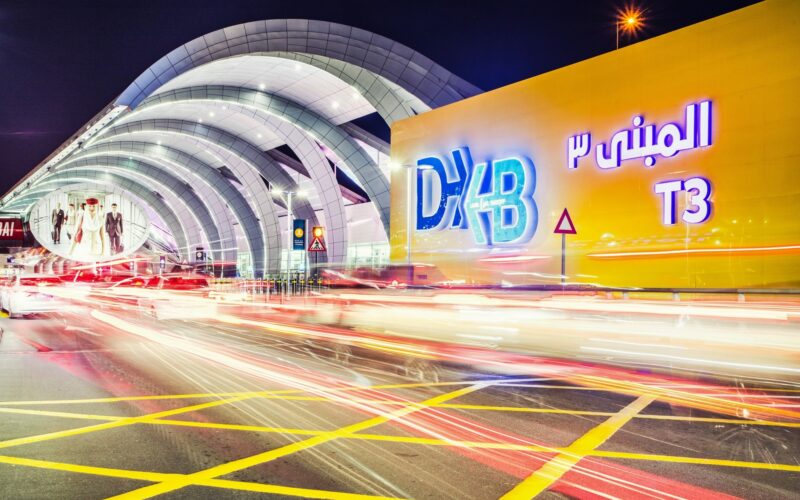Dubai International Airport (DXB) still has some capacity for growth remaining, but it is only a question of time before the city’s main airport hits its capacity ceiling, said Paul Griffiths, the chief executive officer (CEO) of Dubai Airports, during the World Aviation Festival 2023.
“We had a great half-year, we recovered to 100% of our pre-pandemic numbers,” Griffiths told AeroTime on the sidelines of the aviation event.
The British executive said the company, which manages DXB and Al Maktoum International Airport or Dubai World Central (DWC), will need to revise its forecast for the full-year passenger numbers.
When the company announced its H1 2023 results in August 2023, Griffiths said that Dubai Airport’s forecast was “85m, just 1.6% shy of DXB’s annual traffic in 2019”. And while this forecast was also revised upwards, Griffiths said he now believes the airport can reach numbers last seen in 2018 (89 million passengers).
“We are optimistic,” Griffiths added.
One of the key factors in the quick recovery of the city’s airports was that the city itself was able to recover from the impact of the COVID-19 pandemic relatively swiftly.
According to Griffiths, a big driver was that more people have wanted to come to Dubai.
“In fact, before the pandemic, we had around 60% of transfer and 40% of point-to-point traffic, and now that is reversed,” the CEO said.
The airport’s split of transfer and point-to-point traffic is now 40% and 60%, respectively.
Will that trend continue?
“We think so,” Griffiths stated, “but as more capacity comes online, and more markets open up internationally, particularly in Asia, which has lagged behind the global trend, we think that will balance out again, around 50%.”
Responding to capacity constraints
Griffiths said he believes that while the city’s main airport, DXB, still has room for growth, it is finite.
“We still think we have probably got about another 20 million passenger capacity that we can unlock,” he noted.
One of the changes that the airport has been implementing is increasing the passenger throughput, enabling travelers to “speed through the airport much quicker than they did in the past”.
“So, with the same amount of infrastructure, if we doubled the throughput, we have doubled the capacity,” he continued.
Griffiths also said it is much cheaper to invest in technology than in new physical infrastructure, “particularly on constrained sites like DXB”.
However, investments in infrastructure will have to be made in the future.
Griffiths shared that the company is likely to fully utilize all the available capacity at DXB by “the middle of the next decade”.
The executive also noted that DWC’s Phase 2 project will also see an opportunity to build a completely new airport for passengers. Currently, DWC focuses mostly on cargo flights.
“That is something we are considering at the moment and doing a lot of planning around,” he continued.
But the CEO also noted that there “is still time because we still have headroom in growth at DXB”.
For now, Griffiths believes that Dubai’s airports are ahead of competition in Saudi Arabia, Qatar, and Turkey. However, he also noted that developments in those countries are “something that we obviously need to keep in our sights”.
According to the CEO, the main advantage that Dubai Airports has over competitors is its service.
“If you are providing a level of service that is attractive to customers, you are continuing to be able to grow and you are doing the right thing with the right airplanes, the right partners, the right environments, then the chances of us staying ahead are very good, but we need to be very conscious of the ambitions of the competition,” he said.
The executive also noted that not only is the company ahead when it comes to sheer passenger numbers, but also the passenger experience, adding that Dubai Airports has received several first-place awards for service quality.
Griffiths, who is also a musician, said that “there are more parallels between music and running an airport than most people realize”.
“If you are part of an orchestra or you are directing, you are trying to bring together many discrete component parts, each of which has their own orientation and you are trying to get them to work in harmony,” he concluded.

